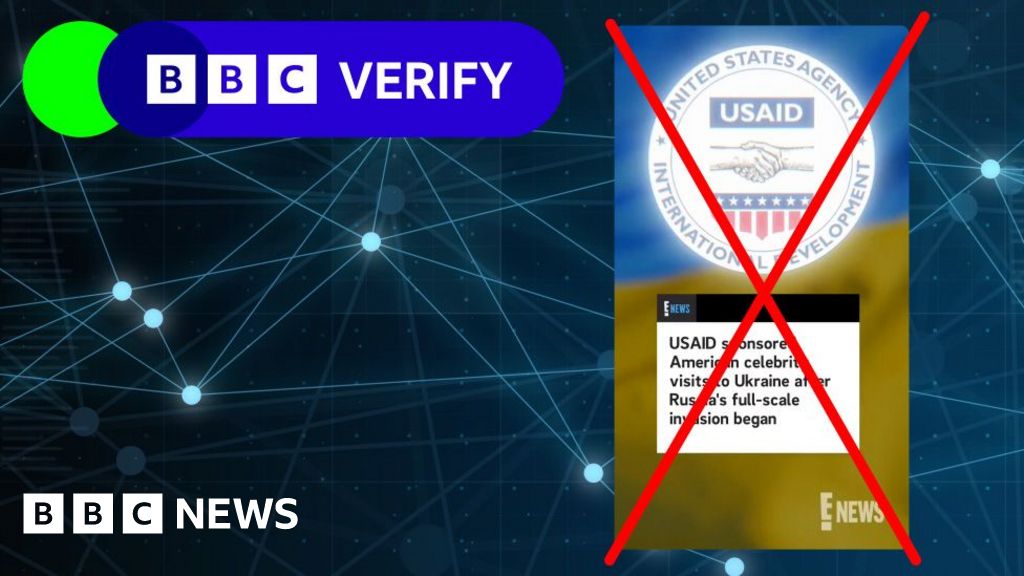Viral Misinformation: Celebrities Allegedly 'Bought' for Ukraine PR Stunt, USAID Denies Claims

A viral video spreading false claims about USAID and Hollywood celebrities visiting Ukraine has been exposed as a potential Russian disinformation campaign. The misleading video suggests that the United States Agency for International Development (USAID) paid millions of dollars to celebrities for traveling to Ukraine, but investigative reporting reveals this to be completely fabricated.
The BBC has previously tracked similar disinformation tactics, identifying this latest video as part of a broader pattern of misleading propaganda designed to manipulate public perception. Such false narratives often aim to undermine international support for Ukraine and create confusion about humanitarian efforts.
Fact-checkers and media experts warn that these types of deceptive videos can quickly spread on social media platforms, potentially reaching millions of viewers before their false nature can be thoroughly debunked. Audiences are advised to critically examine sensational claims and verify information from reliable, independent sources.
This incident highlights the ongoing challenge of combating misinformation and the importance of media literacy in the digital age. As geopolitical tensions continue, malicious actors increasingly use sophisticated online strategies to spread misleading propaganda.

